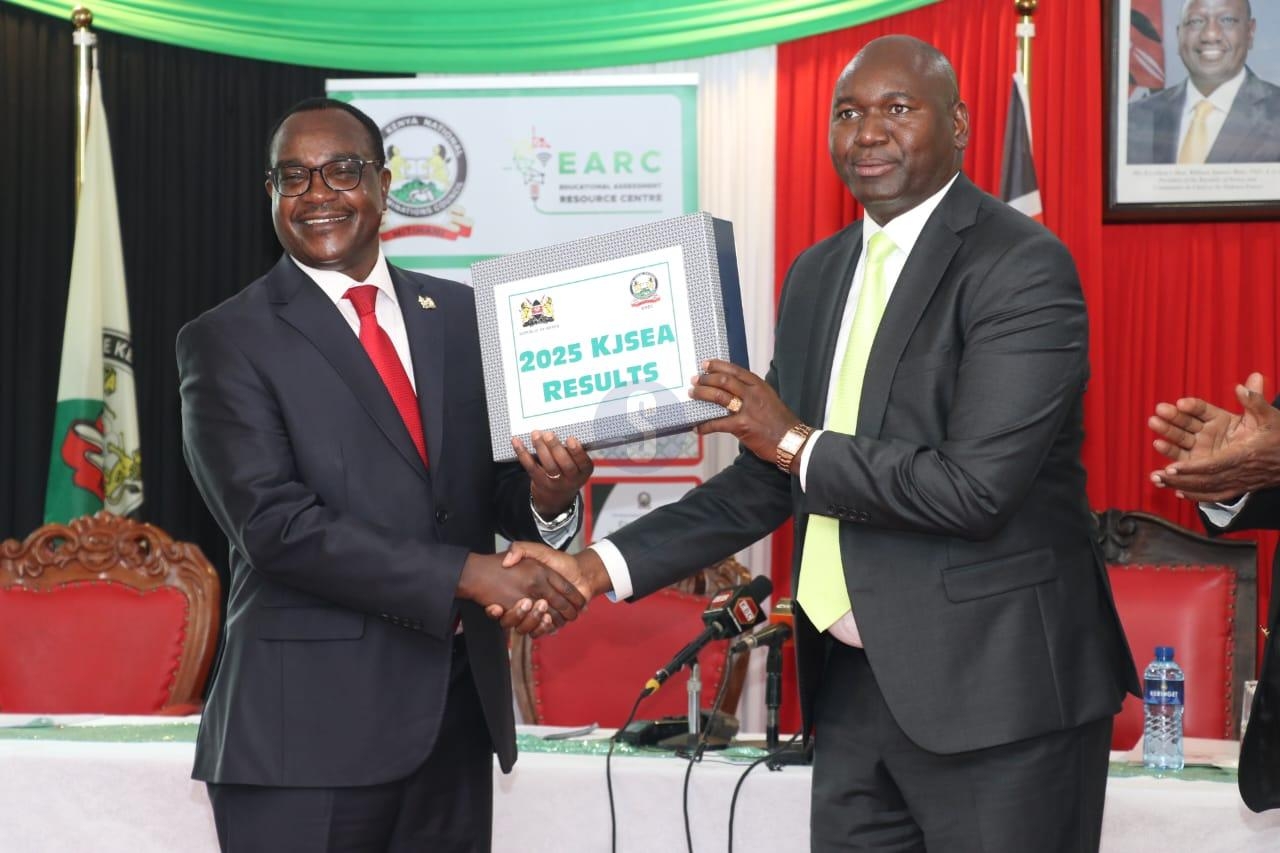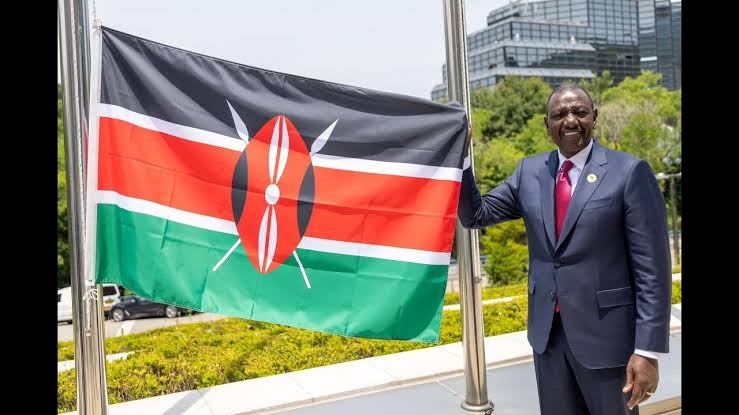As the next President forms government following the Supreme Court ruling, pension needs to be among his priorities.
Why? Only 20 per cent of Kenyans have a retirement plan, according to the Retirement Benefits Authority, and this is despite the pension sector having a portfolio that is almost reaching Sh1.5 trillion – almost half of the annual Kenyan budget.
This means without urgent interventions, 80 per cent of Kenyans will retire into poverty. This shouldn't be allowed to happen, even with the current economic circumstances.
RBA has identified three hindrances to pension expansion in Kenya. The first one is that the formal sector has been creating fewer jobs. Since the structure of the pension industry is still highly biased toward the formal employment model, informal sector workers miss out on pension services.
Second is the lack of access to financial products tailor-made for the majority of the Kenyan population such as banking. Most of the products in the market target the formal sector.
Third is the poor attitude by Kenyans about saving for their retirement. This is also closely tied to the level of financial literacy amongst employees, including the formal workforce. A direct correlation has been identified between financial literacy and retirement planning.
The effects of the Covid-19 pandemic have resulted in a shift in financial planning priorities for many people. A study by Standard Chartered Bank in 2021 showed that 73 per cent of high net worth individuals in Kenya were more focused on health as compared to wealth and home management, which scored 66 and 68 per cent.
Some 59 per cent of the respondents reported lower confidence about their finances occasioned by Covid-19 effects compared to 29 per cent who reported increased confidence. This has an implication on people’s long-term planning.
What can be done to realise financial inclusion in Kenya, especially by targeting the informal sector? First, we must rethink and remodel the financial sector to move beyond enhancing access to credit and micro-lending.
Emerging financial services have focused on the ‘quick and hassle-free returns’ realised by lending via mobile. This is, however, just a stop-gap measure for people grappling with emergency needs. We must think long-term and encourage people to save for retirement.
Second, we must reframe the thinking of Kenyans from short-term orientation to retirement planning. This will be buttressed by financial literacy.
If Kenyans can mobilise millions of resources through investment groups popularly known as chamas, cooperative societies and table-banking initiatives, then we must speak to them to set aside a portion of these resources for their future. We must simplify the pension jargon into palatable local languages.
The sector has not taken advantage of the ubiquitous nature of our vernacular media ecosystem for its outreach services. Retirement planning messages must also be pushed through social media platforms where most of our youth, who don’t see the urgency to plan for retirement yet they should, are.
There have to be deliberate efforts of targeting and planning for informal sector workers. While a formal sector employee can retire to a life of coaching, lecturing and consulting, an informal sector worker will mostly be engaged in energy intensive activities that will be impossible to undertake in old age.
This is the sad reality that we must confront. We must urgently target this cohort through innovative and flexible pension services products. We see the sector's creative cohort-specific products such as those targeting persons with disability, fresh produce farmers and fisherfolk communities, among others.
Lastly, the role of technology as an enabler of flexible saving by the unreached cohorts cannot be gainsaid. While this is a direction the sector is taking, we must ensure these products are friendly to the target market in terms of language – Swahili apps could be an option.
There is also the need for inclusive technology options such as targeting persons with disability with solutions attuned to global assistive technology standards. This way, we will secure Kenyans' future.
Lead expert, Finnet Trust
“WATCH: The latest videos from the Star”












